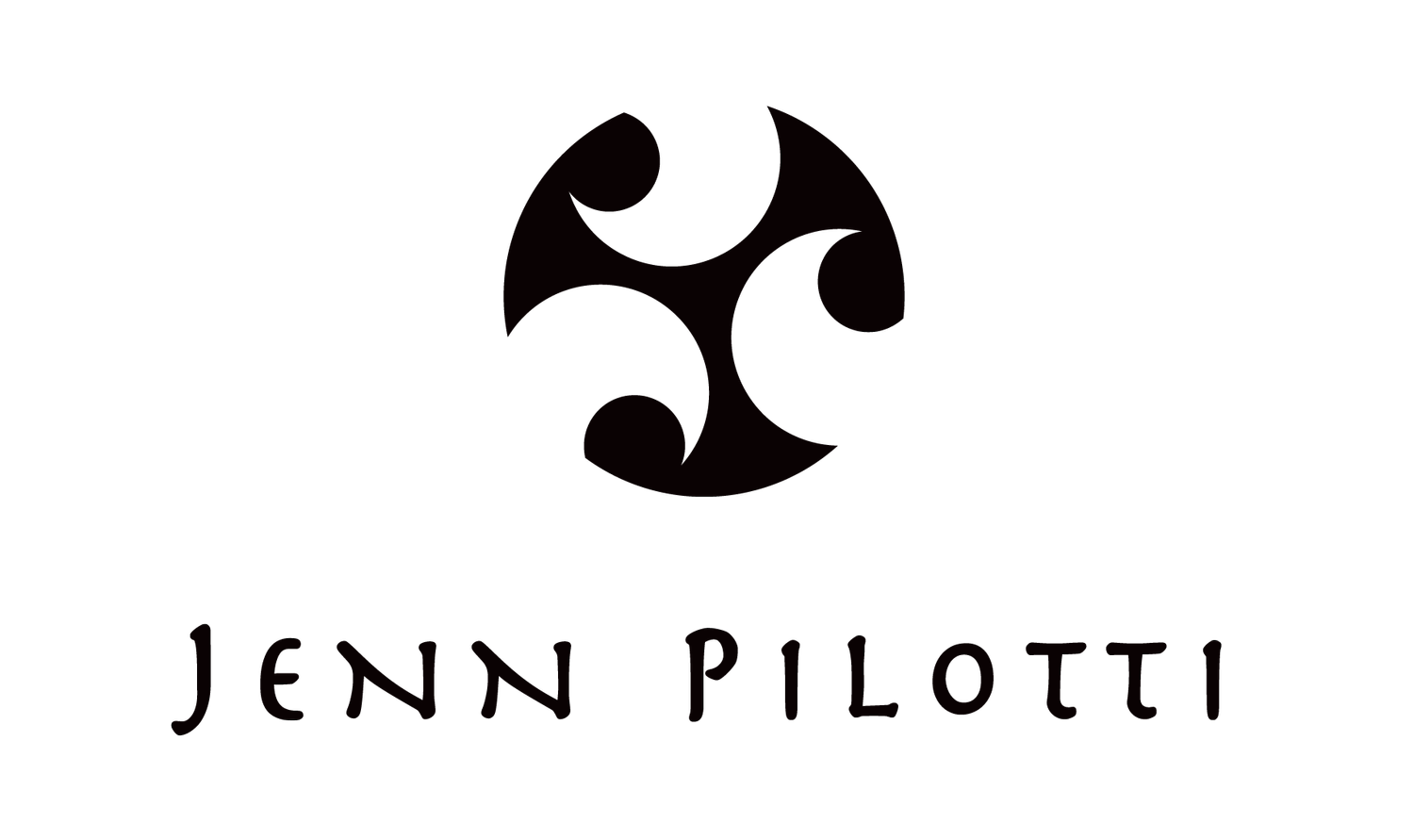What personal trainers could learn from mind body practices
I am taking an online yoga training right now on "The Art of Sequencing." The instructor, Jason Crandall, teaches in a clear, concise manner. Part of the course is to take themed yoga classes taught by him. The interesting thing that he does, which is very similar to how I train, is he takes an area, brings awareness to that area, and then threads that awareness through the class in different postures. What happens when classes are taught like this is when the class is over, the student is more in tune with holding patterns in that area and how that area responds and is affected by other movements. This is similar to some of the Feldenkrais ATM lessons- the participant is taken through a series of movements with an emphasis on a specific region of the body and how that region responds to a variety of conditions. It heightens the participant's awareness and in Feldenkrais lessons, usually results in a substantial increase in mobility due to improved motor control and better neuromuscular organization.
There are, of course, multiple ways to coach and many ways to cue exercises. I am not going to discuss word choice for cueing, though much has been written about this topic. Sam Leahy wrote a great blog reviewing the research and discussing the application of how to cue which can be found here: http://samleahey.com/science-of-coaching-cues/. What I find works best for my clients is if I pick an area to emphasize during the warm-up, I start asking general association cues regarding that area, and I bring awareness to that area throughout the session. For instance, I am currently training a gentleman I will call Jim. Jim had significant sciatica in the past, and has done quite a bit of physical therapy. He is 69 and wants to be able to walk and play with his grandchildren. I quickly realized (after both assessing some general things and watching him move) that he was disconnected from a sense of center and I decided to start with improving his awareness of his inner thigh connection to the pelvis and abdominals. All of his warm-up activities included holding a foam block between his thighs, which I instructed him to imagine he was holding with his pelvis. I had him do some isometric adductor squeezes, just to bring a little more awareness to the area, and we moved on to standing exercises. For the remainder of the session, whenever he would set up for an exercise, I would ask him to pretend like he was holding the block with his pelvis. We had established what that meant earlier, giving him a movement vocabulary for that action. As the session progressed, I asked him to notice what the sensation of holding the block did to his abdominals (made him feel them) and what it did to his feet (made them less duck footed). Because this was foreign for Jim, I cued it often, though I always gave him the opportunity to set up before I said anything. About 30 minutes into his session, he was paying much more attention to foot placement and inner thigh engagement without feedback from me. The next time I saw him, he commented that he was much more aware of his general tendencies towards external rotation, and he was practicing keeping his knees straight ahead when he sat down. Jim had learned something during our session, done a little bit of homework and his own, and this allowed us to move forward to connecting the hip to the weight of the foot, which is where I went next.
People like Jim are a fairly common occurrence in my practice, though occasionally I get someone like Kate*. Kate danced when she was in college and is a Pilates teacher. Kate has a very large movement vocabulary, and if I help her make an association once, she will retain the cue and implement it without me asking. Kate has a strong bias towards internal rotation, which sometimes leads to stress underneath her knee. I started with teaching her how to engage her glutes and not let her thighs fall into internal rotation in various kneeling and 1/2 kneeling positions. When we moved into standing work, I found she had a difficult time maintaining a neutral calcaneus with hip external rotation. We have been working on keeping a neutral foot and a balanced hip in every exercise. She has a difficult time dissociating the hip from the foot, though as we explore it in a variety of ways, it is improving. She tells me she thinks about glute engagement during barre class, and she thinks about her position when she is demonstrating exercises on the reformer. Like Jim, she was able to make an association about how her body moves and is applying that general awareness to activities performed outside the gym.
Training in this way is powerful because it empowers the client and allows him to take ownership of movement patterns. Experienced yoga teachers do this naturally, though their emphasis is usually on improvement on a specific posture. However, the principles are the same. I am regularly told by clients that they leave sessions feeling like they learned something. I strongly believe that if I want to improve movement ability and increase everyday activity in my clients, it is necessary for them to begin to understand how their bodies work and how they have control over their movements. I do think part of my job as a trainer is to educate and improve body awareness, one association at a time.
Yours in health and wellness,
Jenn

